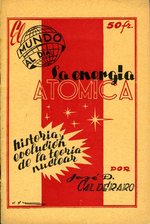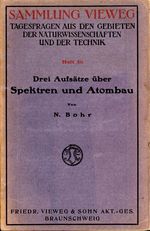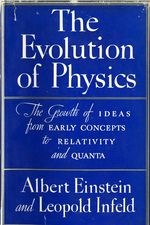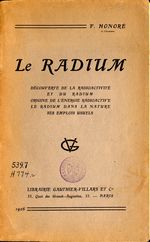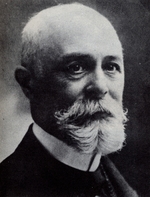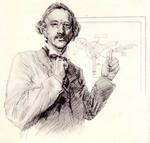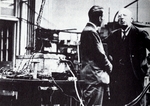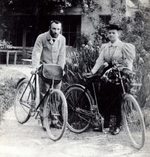In 1895 German physicist Wilhelm Conrad Röntgen began a program of study on the behavior of electricity when subjected to certain variables. To his surprise, he discovered that electricity in a vacuum produced rays that caused material to fluoresce and, under certain conditions, even illuminate the human skeleton. He called these mysterious emanations X-rays. In 1896 French physicist Antoine Henri Becquerel began his own experiments on Röntgen’s X-rays.1 He discovered that certain substances, such as uranyl sulfate, emitted rays with properties similar, though not identical, to those discovered by Röntgen.
Meanwhile, in 1897 British researcher J. J. Thomson found that atoms were not indivisible as previously thought, but instead contained even smaller particles which he called corpuscles. He suggested that these particles moved within the positively charged atomic body, explaining the atom’s neutral charge.2 After further refining his theory, he received the 1906 Nobel Prize in Physics.
In 1898 Gerhard Schmidt of Germany began to investigate the question of whether or not other elements naturally emitted Becquerel rays. He soon found that only thorium produced them. Two months later, Marie Curie, a scientist in Paris, made the same discovery.3
In experimenting with pitchblende, a uranium-rich mineral, Curie found much higher concentrations of radiation than uranium was known to emit. In her search to uncover the cause she undertook the difficult task of isolating and identifying the components of pitchblende. Through this process, she discovered two new elements which she named polonium and radium.
The following year, Ernest Rutherford, a researcher with ties to J. J. Thomson, discovered that radiation was not composed of a single particle but instead contained at least two types of particle rays which he named alpha and beta.4 In 1899 Paul Villard expanded Rutherford’s findings with the announcement of a third ray, eventually called the gamma ray. In 1904 after years of work with his research partner Frederick Soddy, Rutherford published his findings in his book Radio-activity.5 6
Several years later, Rutherford found that alpha rays were comprised of positively charged helium atoms and that beta rays contained Thomson's negatively charged corpuscles.7 What was more, as the elements emitted waves of alpha and beta waves, they transmuted into other elements. After additional experimentation, he found that this rate of decomposition and transmutation was both constant and unique for each element. This discovery led Rutherford and Soddy to develop the concept of the "half-life period."8
Notes
- 0013. Becquerel, Henri. "Collection of 6 original papers." Comptes Rendus des Seances de l'Academie des Sciences, Vol. CXXII. Paris. January-June 1896. Return to text ↑
- 0272. Thomson, J.J. Conduction of Electricity Through Gases. Cambridge: University Press, 1903. QC711 .T5 1903. Return to text ↑
- 0054. Curie, Marie Sklodowska. Oeuvres. Recueillies par Irene Joliot Curie. Varsovie: Panstowe Wydawnictwo Naukowe, 1954. Return to text ↑
- 0232. Rutherford, Ernest. The Collected Papers. London: George Allen and Unwin, 1962. Q113 .R87 1962. Return to text ↑
- 0264. Soddy, Frederick. Radioactivity and Atomic Theory. Ed. Thaddeus J. Trenn. London: Taylor & Francis. 1975. QC795 .S62 1975. Return to text ↑
- Rutherford, Ernest. Radio-activity. Cambridge: University Press, 1904. QC721 .R97 1904. Return to text ↑
- 0239. Rutherford, Ernest. Die Radioaktivitaet. Unter Mitwirkung des Verfassers ergaentzte autorisierte deutsche Ausgabe. Berlin: Springer. 1907, QC795 .R87 1907. Return to text ↑
- 0258. Soddy, Frederick. The Chemistry of the Radio-Elements. London: Longmans, 1911. QC795 .S6 1911. Return to text ↑

